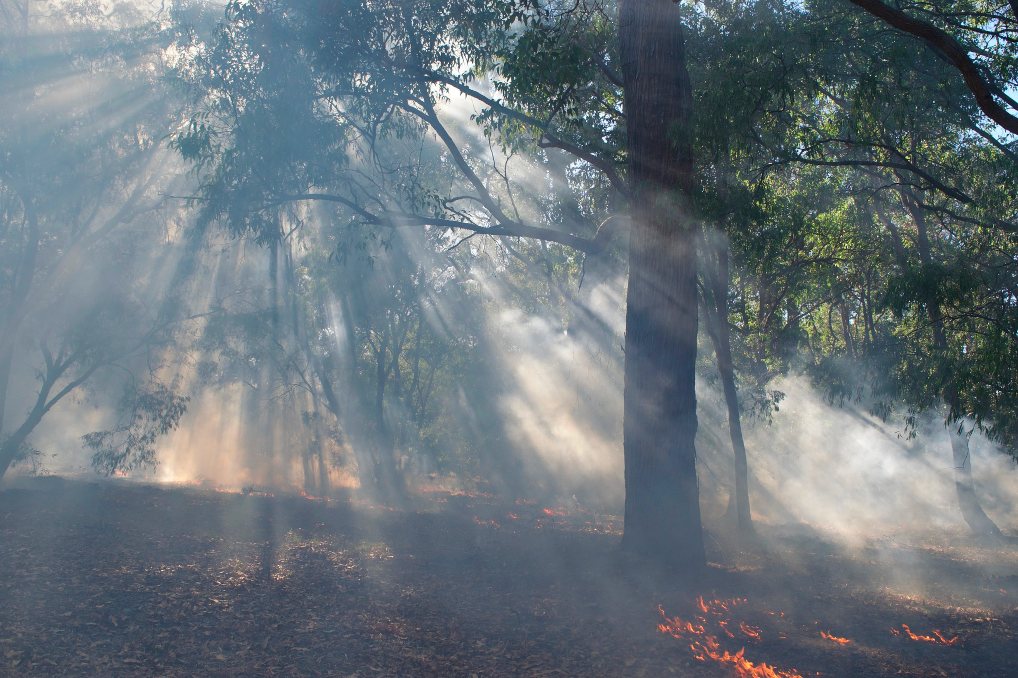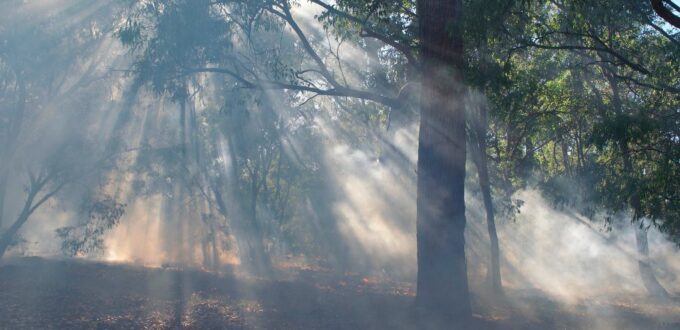
Australia could be going from “constant flooding to the real risk of bushfires,” says risk engineer
Property risks warning: Don’t forget bushfires!
After last year’s incredible run of serious flooding, bushfire risk management plans may not be front and centre right now for insurance brokers and their customers’ properties. However, FM Global Australia’s Mike Hunneyball (pictured above) is warning businesses that the coming months could bring serious fire risk dangers.
“Bushfire is something that’s a really good topic for discussion because we’ve had these years of La Niña with the increased rainfall across Australia and that’s promoted more growth in vegetation,” said Hunneyball, who is operations chief engineer for the multinational commercial property insurer.
He said Australia is coming to the end of this wetter period and potentially entering an El Niño phase that is more likely to bring dry conditions.
A recent Bureau of Meteorology update reported that the “El Niño–Southern Oscillation (ENSO) is currently neutral” which indicates a 50% chance of El Niño developing in 2023. The bureau said this correlates to an El Niño “Watch” status.
“History shows that when the ENSO Outlook has reached El Niño WATCH, El Niño has subsequently developed in about half of those years,” the update said.
According to the National Council for Fire and Emergency Services (AFAC), the climate outlook for autumn suggests a change to drier conditions “with much of the country likely to see below average rainfall and normal to above normal temperatures.”
Constant flooding to fires?
“So we’re probably going to go from constant flooding to the real risk of bushfires, especially grassland fires,” said Hunneyball.
Hunneyball doesn’t want businesses to take any chances.
“I want to promote the need for businesses to look at their bushfire risks and certainly assess where they are in relation to the bushland and the vegetation that’s a risk to the properties,” he said.
Steps to reduce fire risk
Hunneyball said there are many steps businesses can take to reduce their fire risks. The steps include reducing the surrounding vegetation and checking the resilience of their building’s materials to make sure they’re fire resistant and non-combustible.
“There is also closing gaps to stop embers coming in and causing fires and using the right types of doors and windows and keeping them and ventilation closed during bushfire events to stop smoke spreading into buildings,” Hunneyball said.
He said that ideally, these practices should be employed before bushfire season. Roughly speaking, Australia’s bushfire season occurs between Autumn and Spring. However, a study published in the Review of Geophysics found that Australia’s bushfire season has lengthened by more than one month during the last four decades. The report, published last year, found that the annual bushfire season now lasts for 130 days.
“It was only 2019 and 2020 when we had the most devastating bushfires in Australia,” Hunneyball said. “After three years of rainfall, you can forget about that [the fires] so it’s really a refresher in terms of making sure you know what your risks are as a business.”
Embers are a major concern
It is likely that embers were one reason for the level of 2019-20 fire devastation. According to The Bushfire Foundation, embers can travel up to 40 kilometres ahead of a fire front. Other reports suggest they start up to 90% of fires.
Hunneyball said embers are a major property risk.
“You may be further enough away from vegetation to not have the radiant heat of the fire coming straight up to the building, but embers can travel over kilometres so you can have ember attacks on your buildings,” he said.
He said mesh screens can be used to close off gaps to stop embers getting into a building.
“That’s a simple way to do it, but effective,” said Hunneyball. “It’s about stopping embers getting up behind eaves in the rooftop or gaps underneath the building, or around windows and doors.”
He said this not only stops fires but the smoke damage that can also cause significant property damage and put lives at risk.
Stats to prompt better fire risk management
According to statistics gathered by the Australian government, during the 2019-20 Black Summer bushfires: nine firefighters died, more than 3,000 houses were destroyed, 17 million hectares burned and more than 1 billion animals likely died.
As winter approaches we should still be on alert for the risk of fires and floods. Speak with the specialists at Austbrokers Terrace about insurance for your home and business.
Source: insurancebusinessmag.com











